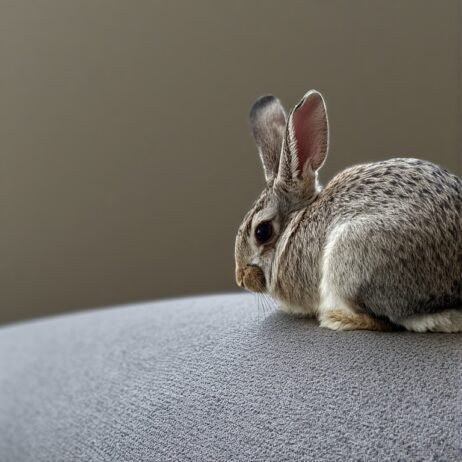How to Keep your Rabbits Cool in Summer
- 4 February 2024
- BuyAPet Editorial Team
- Other Pets
How to Keep Your Rabbits Cool in Summer
Hot weather can be dangerous for rabbits. Here’s how to give shade, keep water flowing, deter flies, and spot early signs of heat stress.
Give Your Rabbits Plenty of Shade
Position the hutch
- Keep the hutch out of direct sunlight—metal hutches heat up rapidly and retain heat.
- Place in a shaded area (under a tree or large bush) to allow dappled light but block intense sun.
- If you can’t move the hutch, position a large sun umbrella nearby to break up direct rays.
Cool zones & run cover
- Wire-mesh runs are fully exposed—add a lightweight, breathable cover that provides shade but lets air circulate.
- Add ceramic or slate tiles inside the hutch; rabbits will lie on them to cool down.
- Include a tunnel or hideaway for an extra layer of shade.
Offer Fresh, Cool Water
Keep water flowing
- Top up bowls and bottles frequently throughout the day.
- Add a few ice cubes to bowls for short-term relief.
- Provide fresh vegetables with high water content to support hydration.
Encourage drinking
- Offer both a bowl (easier to lap) and a bottle (stays cleaner) so they can choose.
- Place water in shade; replace if sun-warmed.
- Some rabbits sit in shallow bowls when very hot—swap for a heavier, tip-proof bowl to avoid spills.
Keep Flies at Bay
Cleanliness is key
- Maintain scrupulous hygiene: clean bedding and litter regularly.
- Groom your rabbits and remove excess hair—helps them stay cooler and gives flies fewer places to lay eggs.
Discourage pests
- If flies gather, consider flypaper nearby (well out of your rabbits’ reach).
- Check your rabbits daily for any signs of eggs or flystrike; contact a vet promptly if concerned.
How to Spot Heat Stroke Symptoms
Common signs
- Fast, shallow breathing
- Wetness around the nose
- Rapid breathing with open mouth, throwing head back
- Hot ears
If you suspect heat stroke
- Move your rabbit indoors to a cool, well-ventilated room immediately.
- Do not submerge in cold water—risk of shock.
- Apply a cool compress to the ears and offer fresh, cool water.
- If there’s no quick improvement, contact your vet straight away.
Quick Reference
| Area | Do | Don’t |
|---|---|---|
| Shade | Place hutch in dappled shade; cover runs with breathable fabric; add hides. | Leave hutches in direct, unventilated sun. |
| Cooling | Use ceramic/slate tiles; offer frozen water bottles outside the chew range if supervised. | Use dampening methods that soak the whole body. |
| Hydration | Refresh bowls/bottles often; add ice cubes; offer water-rich veg. | Let water sit in the sun or run empty. |
| Hygiene | Clean litter/bedding frequently; groom to remove excess fur. | Ignore flies around the hutch or run. |
FAQs
What temperature is too hot for rabbits?
Rabbits can struggle in warm weather—focus on shade, airflow and hydration whenever temperatures climb. If your rabbit shows distress, move them to a cooler room and call your vet.
Is a fan safe to use?
Yes, a fan can improve ventilation if it’s not blowing directly on the rabbit and cords are out of reach. Ensure the area remains shaded and calm.
Can I use frozen water bottles?
You can place them outside the immediate chewing area or wrapped in a towel as a cool Rest-by spot. Supervise to prevent chewing and condensation soaking bedding.
How often should I clean in summer?
Increase frequency—clean litter and soiled bedding daily during heat spells to deter flies and odours.
When should I call the vet?
If you suspect heat stroke or your rabbit doesn’t improve quickly after cooling steps, contact your vet immediately.
